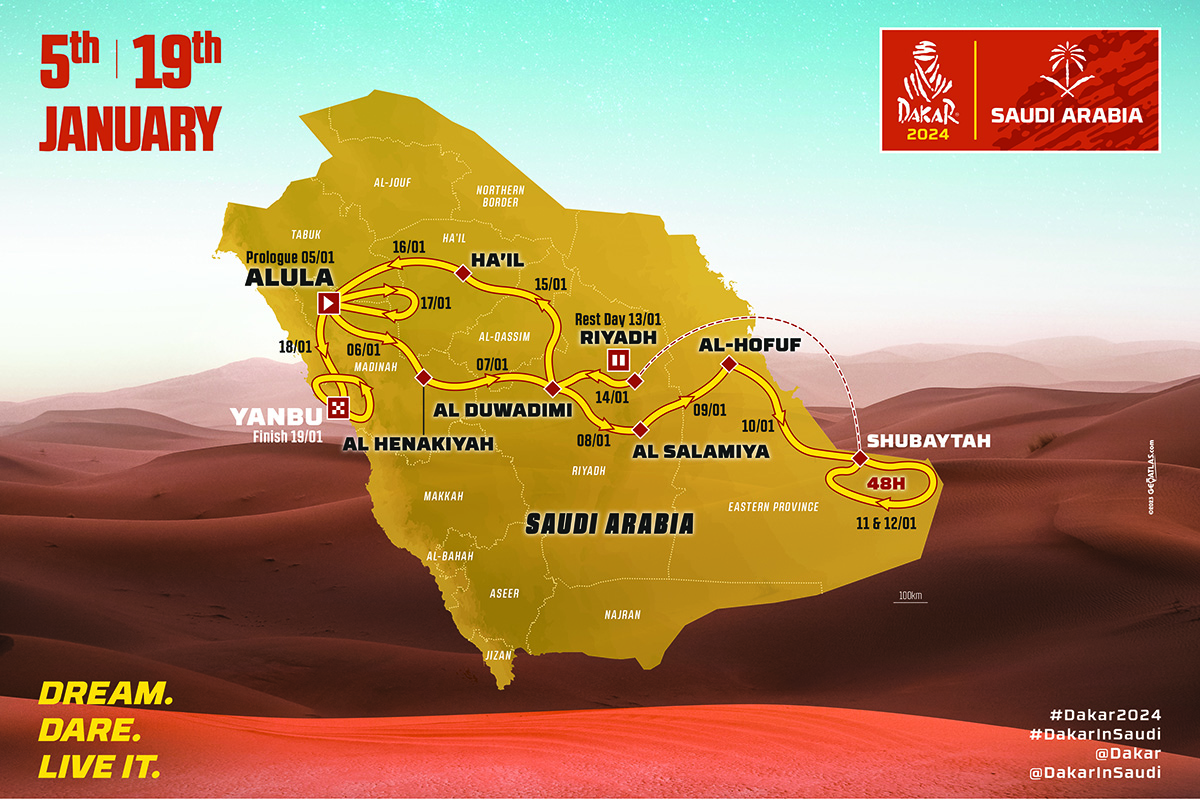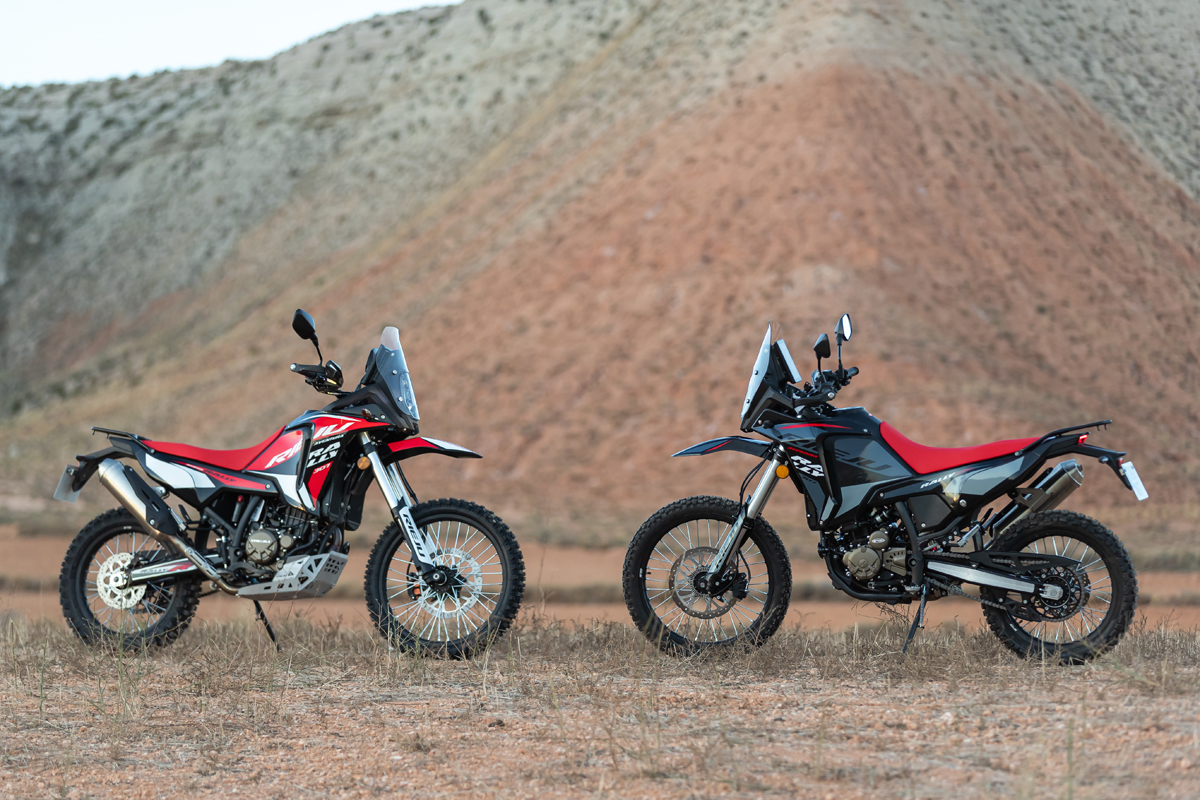2024 Dakar Rally: 8K route and 14 day schedule – everything you need to know
The 8000 kilometre, 14 day route of the 46th Dakar Rally has been announced which will include a new 48-hour “chrono stage”, timed over two days with competitors split across eight bivouacs.
2024 will mark the Dakar Rally’s fifth staging in the vast Kingdom of Saudi Arabia and all it’s impressive landscape. 12 stages will following the prologue to complete 14 days of racing between January 5 to 19 and over a distance of almost 8000 kilometres.
Race Director David Castera and his team say 60 percent of the ’24 route next year will cover completely new territory. Beginning with the Prologue stage on January 5 at historical AlUla, home to Saudi Arabia’s first UNESCO World Heritage Site and will again mark the first round of the 2024 FIA-FIM World Rally-Raid Championship season.
2024 DAKAR daily schedule and distances:
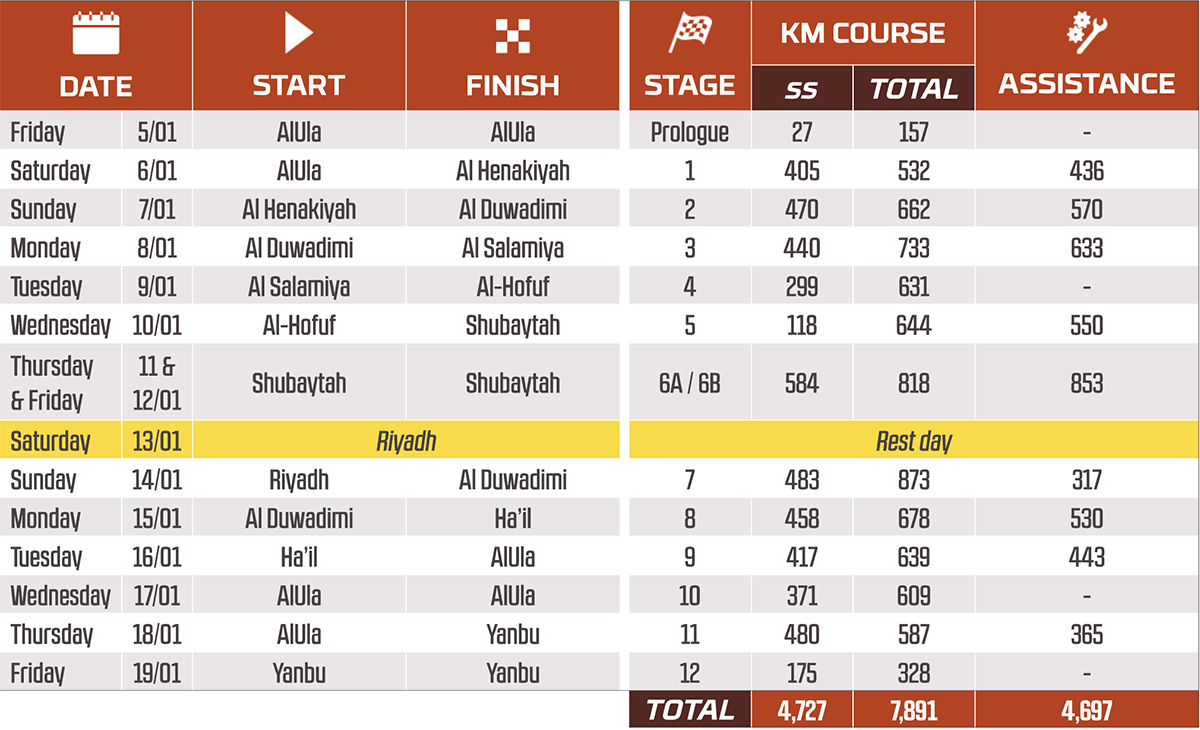
New format: The 48-Hours Chrono Stage
The organisers say experience of previous marathon rally stages will mean little when it comes to their new concept, a 48-Hour Chrono Stage.
Over two days in the Empty Quarter with marathon stage restrictions, riders and four-wheeled driver crews will be spread out over eight different bivouacs. Competitors will be permitted to help each other during the evening but it might not be so beneficial for factory team riders.
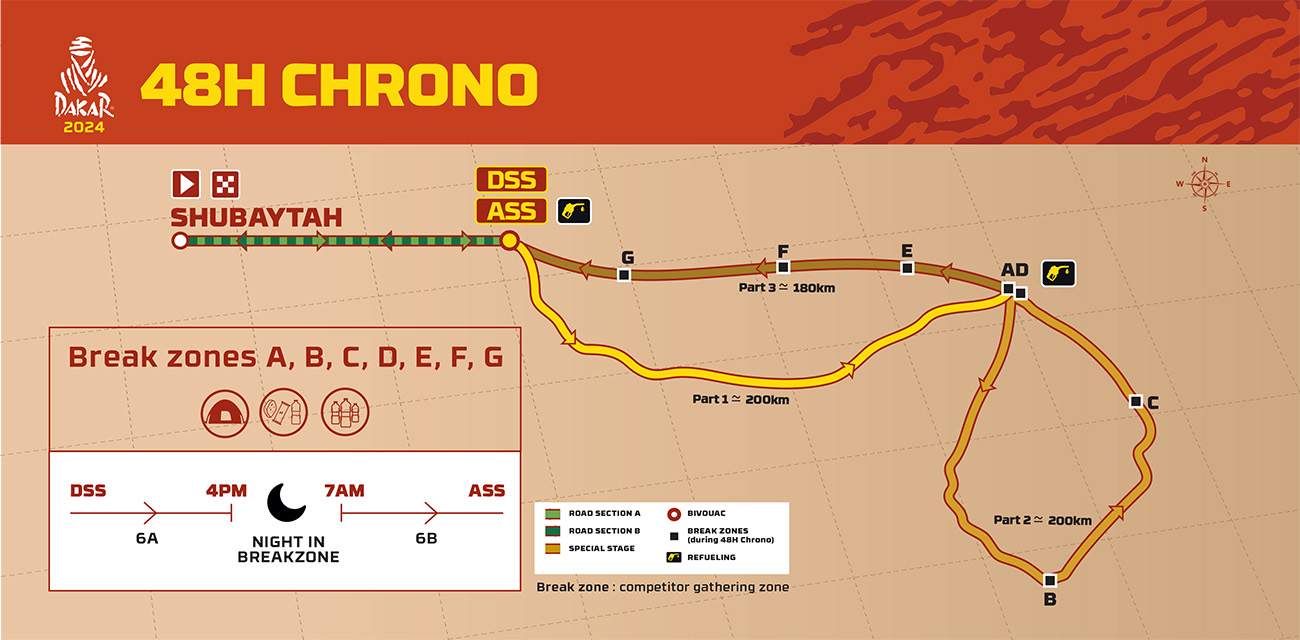
How will it work?
“All vehicles will be required to stop at the next bivouac they come across when the clock strikes 4pm” says the ’24 Dakar presentation. Essentially it will pitch riders who are close in classification with each for a bare bones night camping with minimal facilities and no tools and spares other than those they carry.
There will be no connection and therefore no visibility of their opponents’ performance during this phase so they will basically have no clue what went down during the stage, camping and starting out again at 7am the following morning to complete the next day with a total of around 600 kilometres before they rach their team and “civilisation” again.
This edition’s visit to the vast Empty Quarter, sand seas area of south-eastern Saudi Arabia will therefore be pretty unique compared to previous years at Dakar.
Stay tuned for (more) car chaos
The Empty Quarter stages will also feature two separate routes, one for cars and trucks and another for motorbikes and quads, meaning that the top car teams won’t benefit from tracks created by the bikes as they do on every other racing stage.
Anyone watching Dakar last year especially will know this caused some havoc for the cars and no shortage of amusement for the bike riders watching them struggle without the lines in the sand to follow.
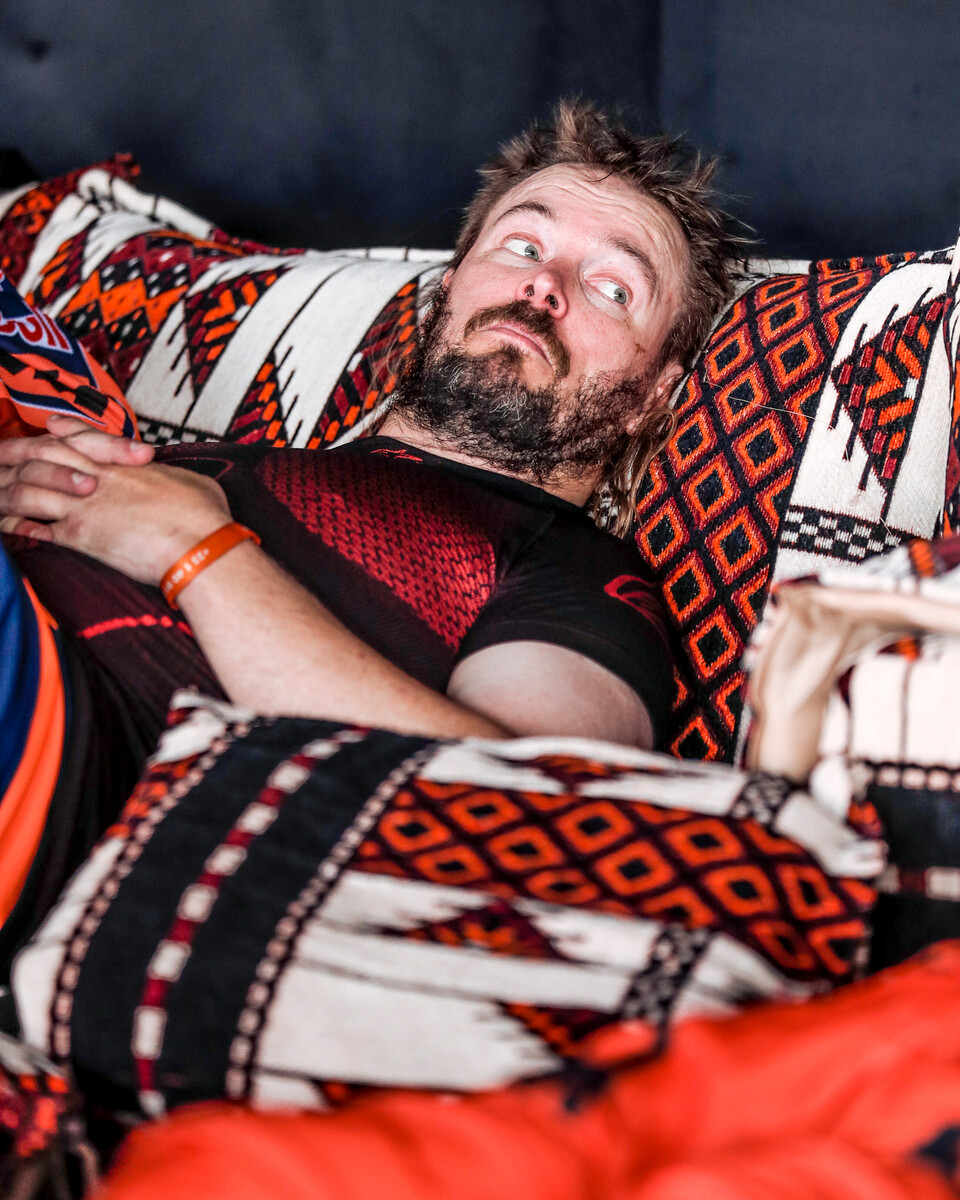
5000 kilometres of timed special stages
The route crosses from West to East, via familiar cities by now as we arrive for the fifth time. Al Henakiyah, Al Duwadimi as well as Al Salamiya and Al-Hofuf lead down to the Empty Quarter and the 48 Chrono Stage.
They then head back up North to Riyadh for the Rest Day on January 13 before weaving further north to Hail before returning to AlUla on the shores of the Red Sea in the City of Yanbu.
Bonus system retained
By now an established element of the daily timings is the system of bonuses awarded to the top three motorbike stage openers. Basically it hands time credits to the lead three on the the stage to reward their position in opening the way. The longer they lead, the more credit they get and it rewards the fastest while ironing out the old see-saw effect we previously witnessed so much.
More information: www.dakar.com
Photo Credit: Rally Zone




